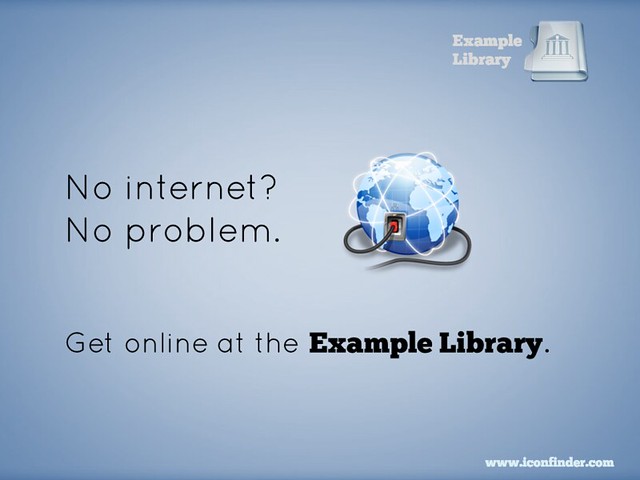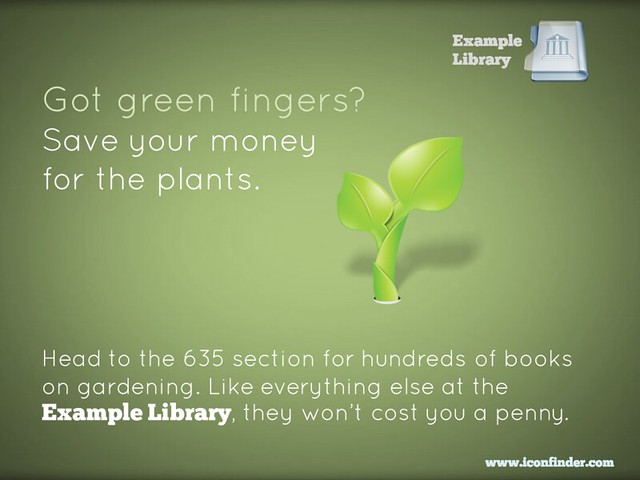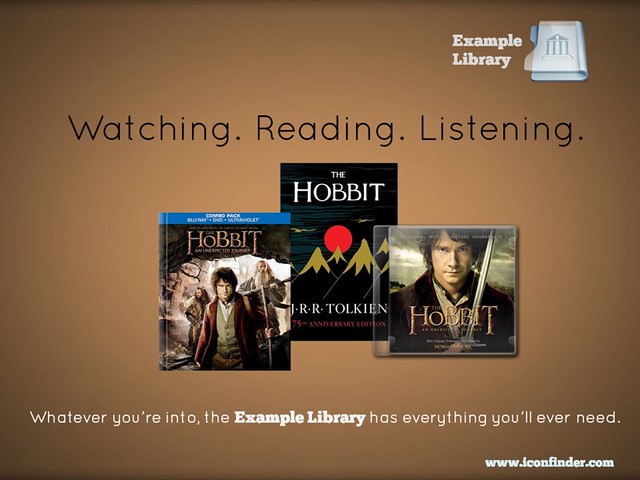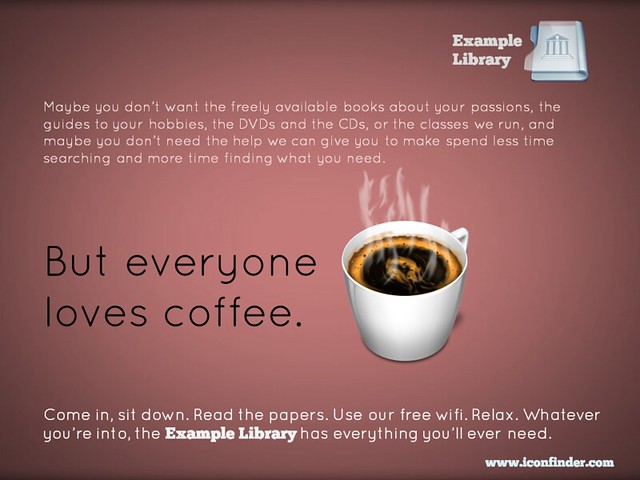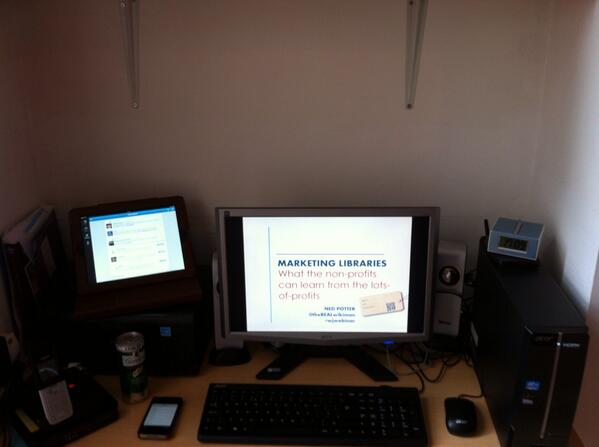The Open Access debate: does it harm sales? (Spoiler alert: no.)
One particular detail I find interesting, is what happened when I made chapters available Open Access. When I wrote the book in 2010/11, OA was not something I was aware of at all. Then as I was educated about it by my network on Twitter, I started to pester Facet about letting me make some or all of the Toolkit available Open Access. They were kind enough to let me make four chapters available OA: I know this isn’t the ideal scenario of the whole book but this was a new area to them with their policy still under development, and I really appreciated them being more flexible than saying either ‘no’ or ‘one chapter only’.
Anyway, up until 2015, the Toolkit sales had basically halved each year. It happened like clockwork - around 1,000 sales in the first year, around 500 in the second, around 250 in the third and so on. However, the year after I made the OA chapters available, sales didn’t halve, for the first time ever; in fact they stayed the same as the previous year.
Now, there is definitely correlation there - can we claim causation? Of course we can’t be completely sure - who knows what other factors were at play in book sales over the 12 months - but I see it as fairly compelling evidence that apart from being A Good Thing generally, OA can also lead to more book sales than would have been the case without it.
In addition to this of course, lots more people have read the OA chapters so more people see the work. At the time of writing, the most popular OA chapter from the Toolkit is the Strategic Marketing chapter, which has been downloaded 2,042 times, which is very close to the 2,118 book sales; between them the OA chapters have been downloaded over 4,000 times.
The writing process
Some stuff came very easily as I was writing - all the social media things for example - and other things required a lot more chipping away at to work properly. I showed the chapter on strategy to my friend Andy Priestner because I was really struggling with it. He gave me SUCH useful feedback, especially about the level of ambition the chapter was showing: essentially his point was (and my memory is genuinely abject so sorry if I’m misquoting you here Andy): if you’re going to get people to do strategic marketing, they need to aim higher than you’re suggesting in your chapter: they need to change user behaviour and that’s no small thing. This advice was so important, no just to the book but to my overall approach to marketing, and I still talk about ambition in marketing in the workshops I run today, 11 years later.
I have learned things about the way my brain works over time: one is that I have to get SOMETHING down and then make it good later, rather than trying to write well straight away. Whether it’s a presentation, an article, or even a whole book: some sort of draft - honestly, it can be any old nonsense - is needed before I can make sense of ideas and organise them. I then rewrite the rubbish draft, and then refine, refine, refine. So in I finished a draft and sent it off to Facet in December 2011, not in the hope that they’d like it but in order to have finished part 1 of the process - writing something down - so I could get on with part 2, writing something good.
At this point I started making major revisions, literally ditching entire chapters and restructuring whole sections of the book, and in the meantime Facet sent the 1st draft to Antony Brewerton, I think at my suggestion because I really admired his thoughts on libraries. He came back with a review of it, and quite honestly it was BRUTAL. There was nothing unkind about it and he was very encouraging, but he pointed some flaws I was all too aware of and it was savage to read it.
I just found it and reread it, 10 and a half years later, and it was still painful: my skin went hot and I think I probably went red, sat here at my PC in 2022 - it was so spot on as to the problems with the book. As well as pointing out stuff I already knew was a problem, he also had a huge number of constructive suggestions and drew attention to lots of things I didn’t know were problematic until he pointed them out.
In short, it was exactly what I needed. Some things I couldn’t change (Antony wanted to see more evidence of marketing campaigns I’d run, but at that stage I simply hadn’t led any!) but all the things I could change I did. In early 2012 between January 25 and February 20 I rewrote the book into the version that exists today.
If by any chance you’ve read the book and found it useful, thank Andy and Antony if you see them!
The publishing process
The publishing process itself was surprisingly painless. An early conversation with the publisher was about writing style - could I write in my own voice? The answer came back yes, very much so. I think this the only way I could have got through it, because I dislike academic writing intensely. The amount of great ideas that haven’t had the traction they should have in librarianship, because their authors have used the construct of academic writing to communicate, drives me mad.
Facet worked with me on the process of working out exactly what the book should be and the kinds of chapters it should contain. They were happy for me to either write it all or edit a volume of contributed chapters; I wanted a halfway house with case studies, which they were fine with. We agreed the deadline and wordcount, they supplied me with a style guide, and then largely left me to get on with it, rather than constantly checking on progress, which I hugely appreciated. They were really supportive when I needed support (especially Sarah Busby, the commissioning editor at the time), but didn’t micromanage anything.
I opted to pay for an indexer rather than to do the indexing myself - a decision I would highly recommend! They’re really good at it and by that stage of the process you are completely sick of your own work… It’s worth noting that while a publisher will do some marketing of your book, it’s really on you. If you want to sell copies, you need to put the work in to market it. So I set up a website for mine, I made a Slideshare presentation about it, it had its own twitter account. I really went for it, and that’s what you have to do to raise awareness and shift copies.
There were some great reviews, and the ones I loved were the ones which really got where I was coming from - not just telling people how to market their library, but trying to reassure them that they could. One review in the Australian Library Journal ended like this and really made my week:
“The whole book has a reassuring and inspiring tone: ideas and approaches outlined in the book appear absolutely achievable and commonsensical. I suggest that you buy, borrow or beg a copy today.”
The case studies
To be absolutely frank, there’s not a lot of my own writing in the book which I fully stand by now. It’s not that I disagree with past me, it’s that I’ve learned so much since that’s superseded what I wrote.
However what really holds up a decade later is the case studies. I could not believe the people who said yes to writing for my book! I am still honoured they did, and they wrote REALLY great stuff. Thank you so much to everyone who contributed to this! They all did so for free (I actually negotiated my own royalties down in order to get them each a free copy of the book as payment) and I’m hugely grateful.
The follow-up…
I’ve been asked more than once to write a sequel to the book, and I have not done so. This is mainly because it was a huge amount of work, a sort of once-in-a-lifetime level of commitment.
I haven’t ruled out self-publishing a book though: the attraction would be I could sell it waaay cheaper, I could publish it on the timeline of my choosing, and make it the length I wanted rather than needing to achieve any sort of target. So if I ever write a follow-up, I’ll let you know.
If you’ve bought the Toolkit for yourself or your library, or read any of the OA chapters, then thank you! I hope it was useful.




